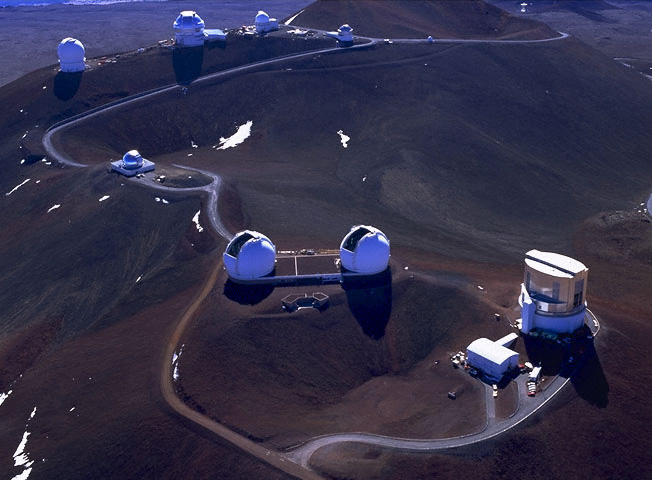Explain
How do these events help inform students? They are a great “hook” as everyone loves a great catastrophe or adventure – look at how popular disaster movies are! Most students have heard of great floods, earthquakes, and volcanoes and it is something that can really get their attention.
We have a Magic Planet projector where you can pull up recent earthquake, volcano, and tsunami activity. We were able to check out last week’s quake that was felt at work. It will be a great way to show students where things are happening and give them a true “global” perspective when discussing volcanoes, earthquakes, and tsunamis. I know it helps me to see the "big picture" on a literal global scale!
What did I learn this week? I have studied geology and plate tectonics, but was reminded about many facts like there are 29 (!) plates and that we study the movement of the earth from space. GPS has become part of our lives. Neat tool to show what humans cannot “see” from the ground.
In traveling to the Aleutians and Hawaii, I never thought about the connections between the two cultures. They seem so different at first glance, yet share in common so much because of their dependence on the ocean and the similar geologic forces that shape the landscape.

Photo Credit
Mauna Kea is a really awesome place to visit. I had the chance to visit the telescopes. I talked with astronomers but not the locals. I had no idea about the sacredness of the area until reading this weeks’ lesson. I was struck by how it wasn't mentioned in the “astronomy world.” The indigenous beliefs explains the placement of some of the scopes. The astronomers talked about Hawaiian star navigation but not about the sacred ground. I was very struck by the fact that no alters or other artifacts are found in certain areas of the mountain because it is considered too sacred for humans. We should all respect that!

Crane photo credit
I recently used the ruler tool on Google Earth to have students track crane migration. I gave them the GPS coordinates and they had to measure how far the cranes flew and how long the trip took. The students were amazed at how far they traveled – it was a fun way to get them to do the measurements and adds that “wow” factor.
I recently used the ruler tool on Google Earth to have students track crane migration. I gave them the GPS coordinates and they had to measure how far the cranes flew and how long the trip took. The students were amazed at how far they traveled – it was a fun way to get them to do the measurements and adds that “wow” factor.
Extend
Incorporating tsunamis, volcanoes, and earthquakes can help make science more interesting to students and adults alike. There are so many ways to use this info. For example, the Alaska Volcano Observatory has real time and archived data that can be mapped on Google maps or followed sequentially. I plan on using this along with weather sites and Google Earth for the aviation portion of our ACE Academy. What a great set of resources for the students to learn about the impact of volcanoes on all aspects of life, especially if you are a pilot!
·
Google Earth is awesome for geology, GPS, migration, travel, math, weather patterns and spacial understanding – it’s going into lots of my cross curricular lessons from geology to aviation.
Evaluate
Google Earth is such a neat tool that can be used in so many ways. Every time I am re-introduced to it, I learn more and start brainstorming about the possibilities. What a neat way to look at cataclysmic events as they are occurring and map them out . A great way for students to look at locations and times of occurrence of the current eruptions in the news, then try to put together some hypotheses about if or how they are related. This is a great inquiry opportunity for students of all ages – and for adults as we speculate about what all this means! This would be a great cross-curricular activity to bring into social sciences. Students could investigate how these events are currently shaping the lives of people who live in the shadow of a volcano or the path of a potential tsunami like in Lituya Bay.
3 Colleagues
This week I am commenting on
Amy Peeke
Kristina Owens
Doug Armstrong


No comments:
Post a Comment